Overview
“Hyperfocus: How to Work Less to Achieve More” by Chris Bailey is a guide on enhancing productivity through the mastery of attention management. The book delves into the concept of Hyperfocus, which is the ability to concentrate on a single task intensely, and Scatterfocus, which is the creative state of mind where the brain is allowed to wander.
Bailey presents the idea that by alternating between these two modes, one can become more productive, creative, and efficient in their work. Hyperfocus helps in executing tasks with deep concentration, while Scatterfocus is essential for connecting ideas and fostering creativity.
The book also provides practical strategies to manage distractions, set intentions, and create rituals that facilitate entering these states of mind. It emphasises the importance of choosing what to focus on and eliminating unnecessary distractions to maintain a high level of productivity. Additionally, Bailey explores the balance between intense work and relaxation, suggesting that this equilibrium is key to achieving more while working less.
Synopsis
In the two introductory chapters, with their rather unusual numbering, the author sets the ground:
- Chapter 0 – Why Focus Matters: This Chapter establishes the importance of focus and how it shapes our productivity and creativity.
- Chapter 0.5 – How to Better Focus on This Book: Offers strategies to read and engage with the book effectively, minimising distractions.
The Part One talks about the Hyperfocus:
- Chapter 1 – Switching Off Autopilot Mode: Discusses how to become more mindful and intentional with our attention rather than operating on autopilot.
- Chapter 2 – The Limits of Your Attention: Explores the boundaries of our attentional space and how understanding these limits can improve focus.
- Chapter 3 – The Power of Hyperfocus: Introduces the concept of Hyperfocus and how it can be harnessed to boost productivity.
- Chapter 4 – Taming Distractions: Provides techniques for managing and reducing distractions to maintain a state of Hyperfocus.
- Chapter 5 – Making Hyperfocus a Habit: Guides on how to make Hyperfocus a regular part of one’s routine for sustained productivity.
The Part Two delves into the details of Scatterfocus
- Chapter 6 – Your Brain’s Hidden Creative Mode: Reveals Scatterfocus as a mode of thinking that unlocks creativity and problem-solving.
- Chapter 7 – Recharging Your Attention: Discusses the importance of taking breaks to restore our ability to focus deeply.
- Chapter 8 – Connecting Dots: Looks at how Scatterfocus can help connect disparate ideas to foster innovation.
- Chapter 9 – Collecting Dots: Emphasises the need to gather diverse experiences and knowledge to fuel creativity.
- Chapter 10 – Working Together: Explores how Hyperfocus and Scatterfocus can be used collaboratively to enhance group productivity and creativity.
Why you should read it?
The book is considered a valuable read for anyone looking to enhance their productivity and creativity in a world filled with distractions. Its strength lies in its practical approach to managing attention, a resource that is increasingly scarce yet critical for achieving success and fulfilment in both personal and professional spheres.
Bailey’s insights are grounded in the latest neuro-scientific research, offering readers not just theories but actionable strategies that can be implemented to improve focus, reduce distractions, and harness the power of both Hyperfocus and Scatterfocus modes.
Critics and review
The book received a positive reception from both the general and scientific communities for its engaging writing style, practical exercises, and extensive research-backed approach to productivity. Its conversational tone, coupled with anecdotes and examples, made it accessible and relatable, while exercises, quizzes, and checklists provided readers with tools to apply the concepts in their daily lives. The incorporation of neuroscience, psychology, and mindfulness into the narrative underscored the book’s credibility and resonated well with readers looking for evidence-based strategies.
Critics, however, pointed out that while the book excels in offering insights into attention management, it falls short in addressing the downsides of hyperfocus, such as the risk of tunnel vision and cognitive fatigue. Additionally, the lack of guidance for individuals with attention disorders or those dealing with external pressures like deadlines and interruptions was noted as a limitation.
Verdict
“Hyperfocus: How to Work Less to Achieve More” is a compelling and insightful read that offers practical, research-based strategies for enhancing productivity and creativity in our distraction-filled world.
About the author
Chris Bailey is a Canadian writer and productivity consultant renowned for his contributions to the field of productivity and time management. Born in 1989 in Red Deer, Alberta, graduating from the Sprott School of Business in 2013, his fascination with productivity began in high school, and after university, he embarked on a year-long sabbatical to explore and experiment with various productivity techniques, documenting his findings on his blog, “A Year of Productivity,” which later became “A Life of Productivity”.
#bookreview #hyperfocus #productivity #attention #bookstagram #bookblogger #booklover #nonfiction #chrisbailey


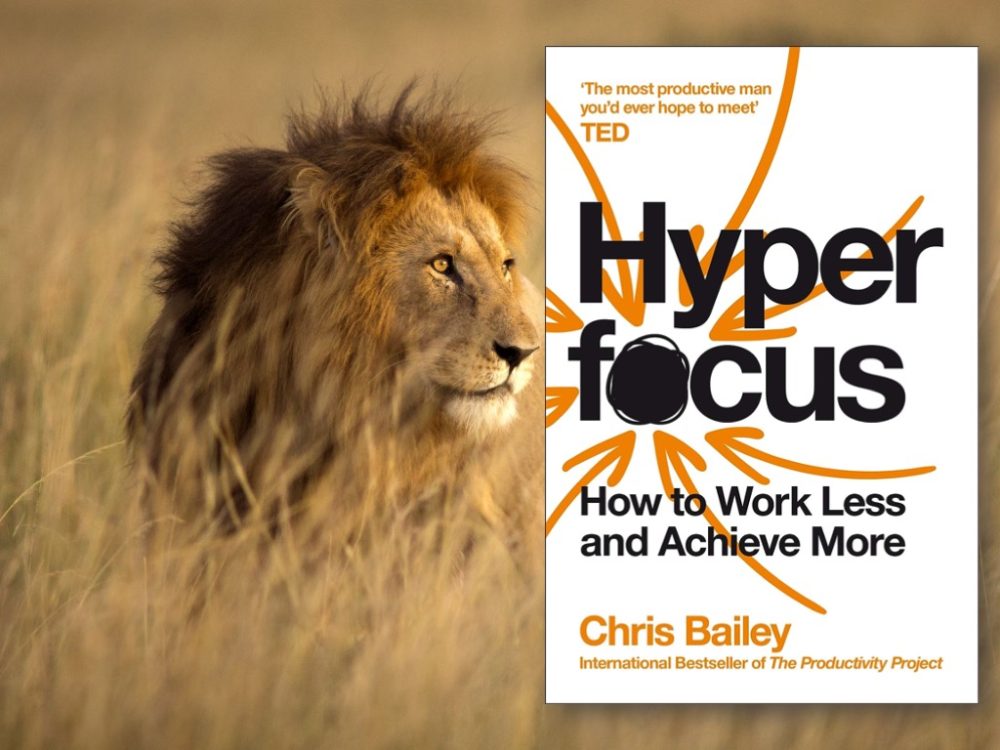
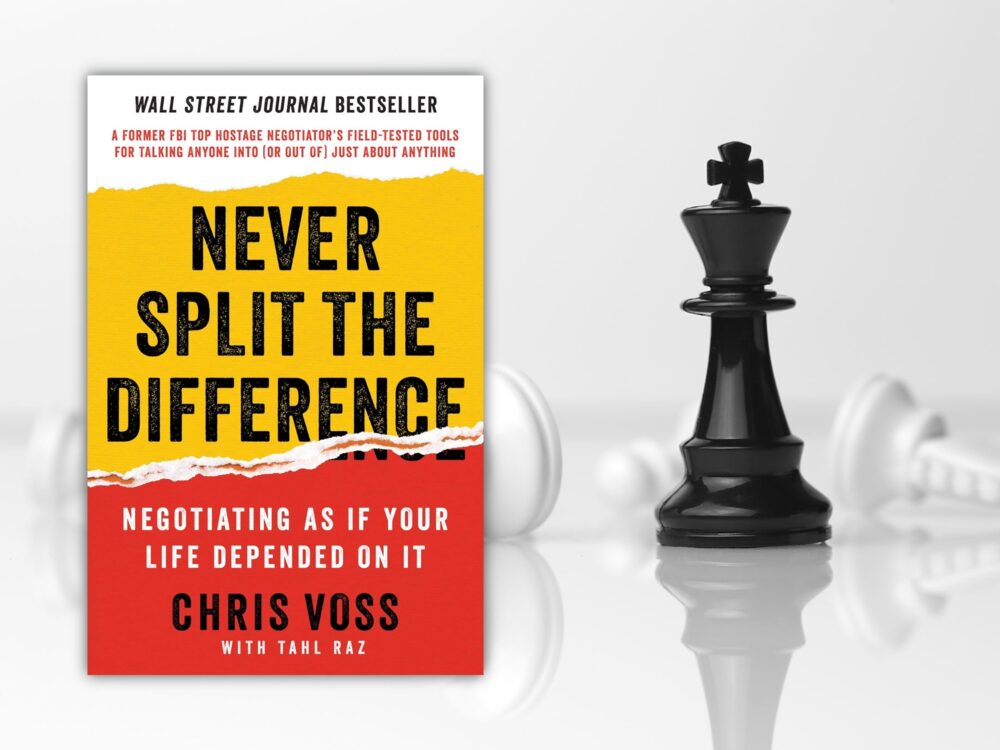
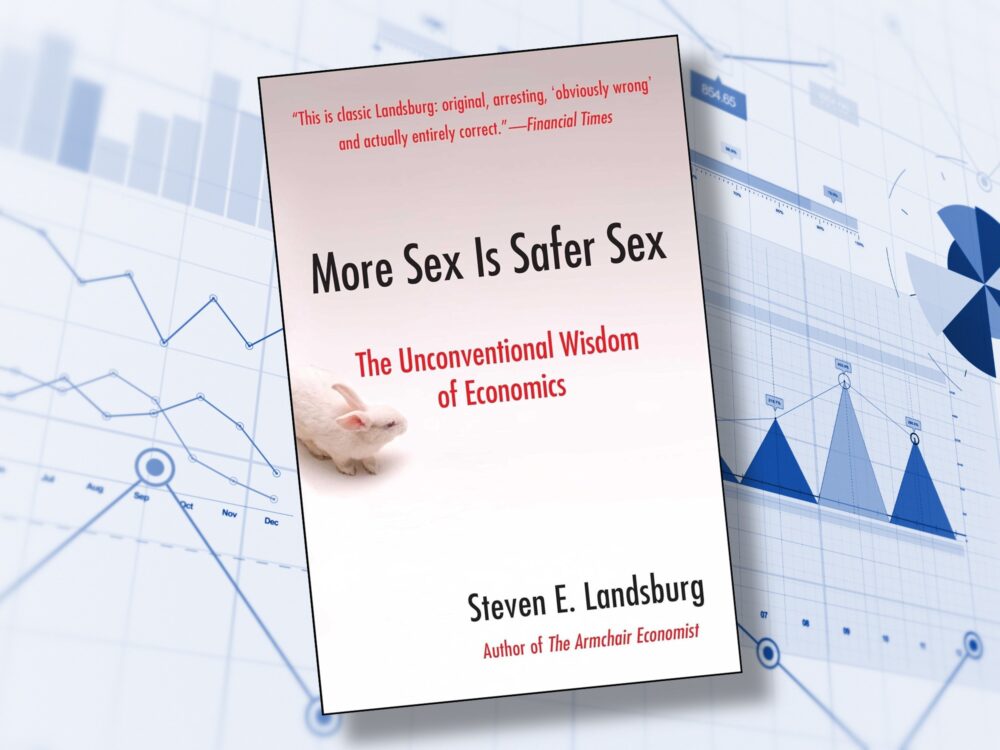

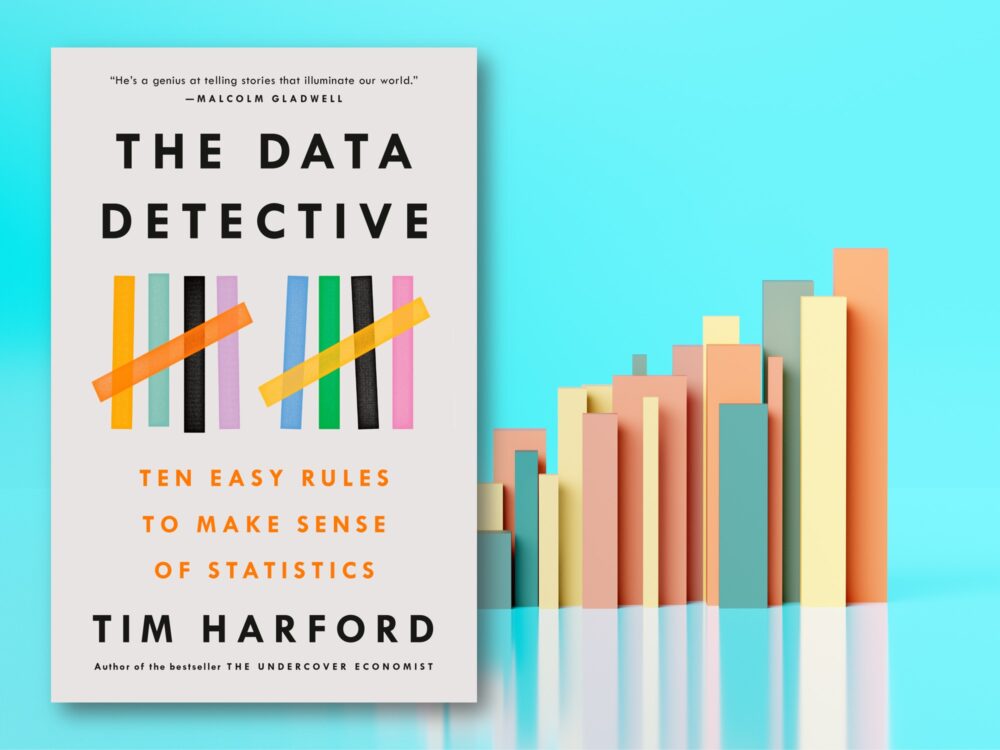
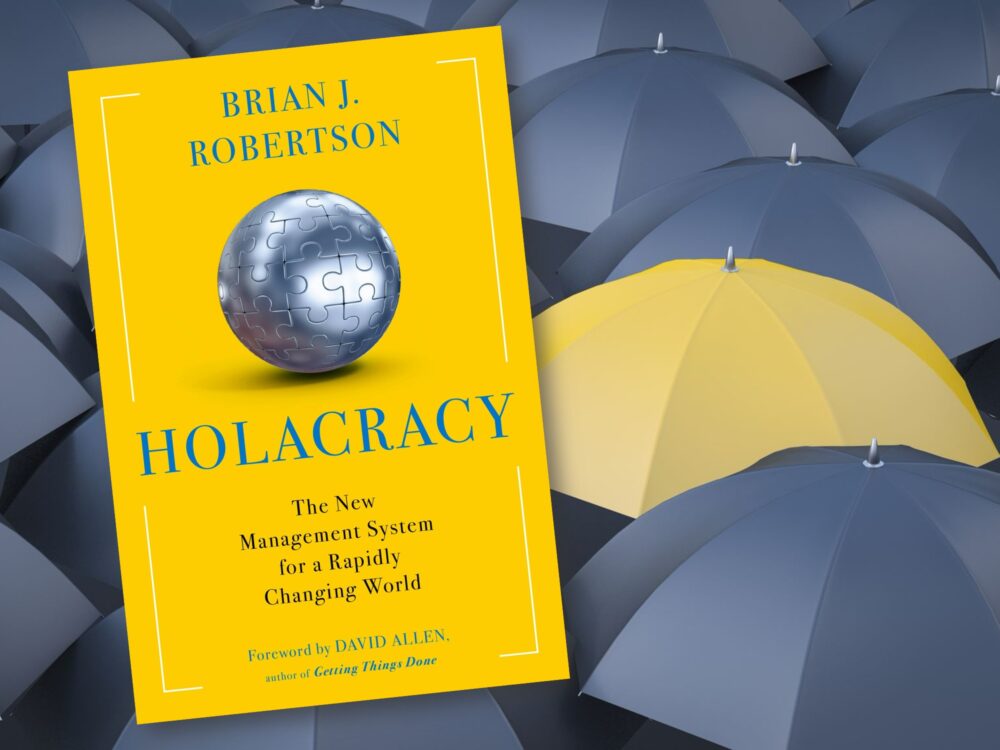
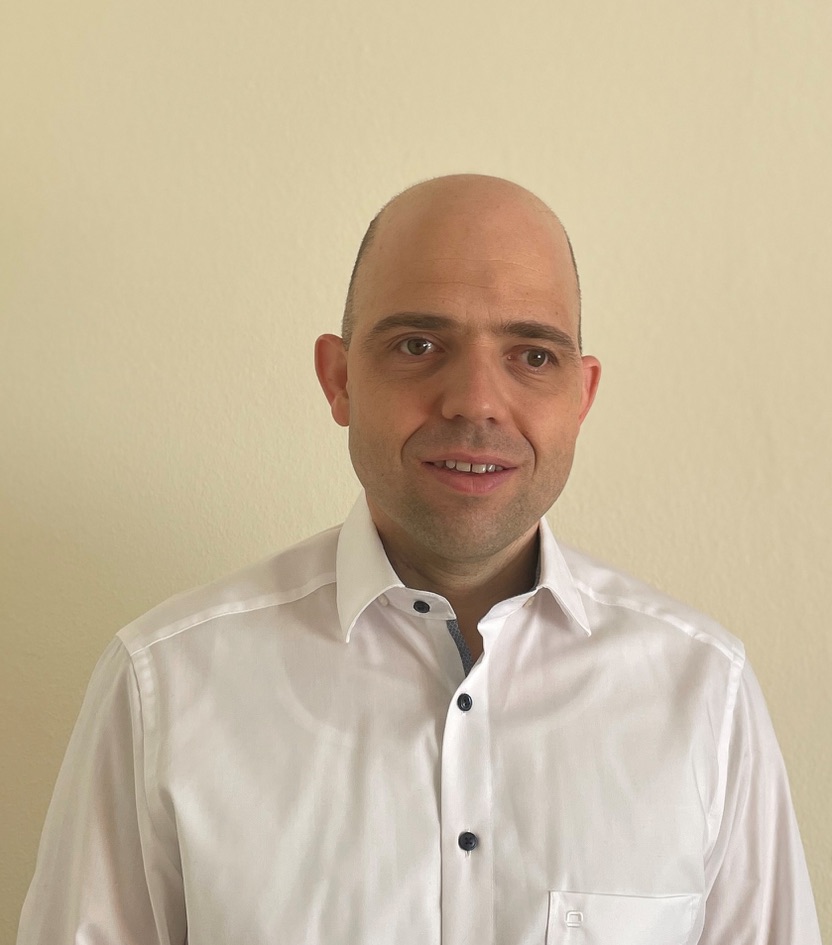
Leave a Reply